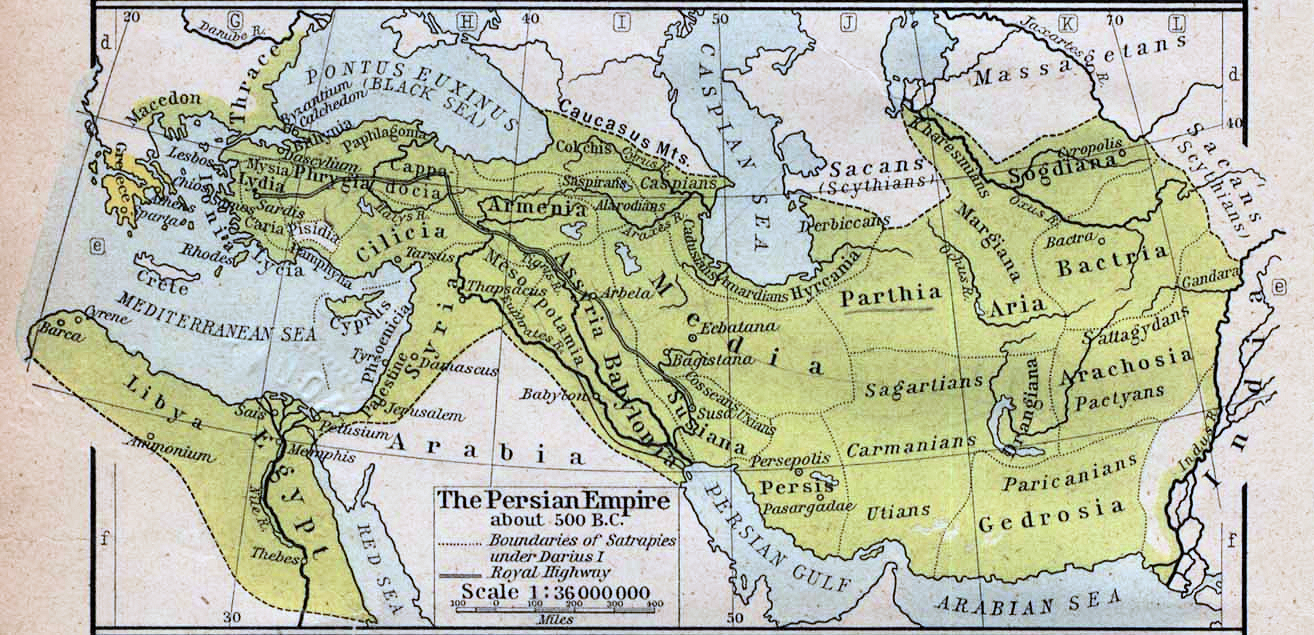| PURCHASE ON AMAZON |
Achaemenid Empire
The Achaemenid Empire (Persian: امپراتوری هخامنشی) (ca. 550–330 BCE), also known as the Persian Empire, was the successor state of the Median Empire, ruling over significant portions of what would become Greater Iran. The Persian and the Median Empire taken together are also known as the Medo-Persian Empire, which encompassed the combined territories of several earlier empires.
The Persian Empire was the largest empire by geographical extent in ancient times;[1] at the height of its power, the empire encompassed approximately 8 million km2.[2] The empire was forged by Cyrus the Great, and spanned three continents: Asia, Africa and Europe. At its greatest extent, the empire included the modern territories of Iran, Afghanistan, Pakistan, parts of Central Asia, Asia Minor, Thrace and Macedonia, much of the Black Sea coastal regions, Iraq, northern Saudi Arabia, Jordan, Israel, Lebanon, Syria, and all significant population centers of ancient Egypt as far west as Libya. It is noted in western history as the foe of the Greek city states during the Greco-Persian Wars, for emancipation of slaves including the Jews from their Babylonian captivity, and for instituting the usage of official languages throughout its territories. The empire had a centralised, bureaucratic administration under the Emperor and a permanent large army and civil service, inspiring similar developments in later empires.[3]
The Achaemenid Persian empire was invaded by Alexander III of Macedon, after which it collapsed and disintegrated in 330 BC into what later became the Ptolemaic Kingdom and Seleucid Empire, in addition to other minor territories which gained independence at that time. Iranian rule was re-established in the region starting from the rise of Arsacids in middle of 3rd century BCE.

| Attachment | Size |
|---|---|
| 1.51 MB |
- Log in to post comments

